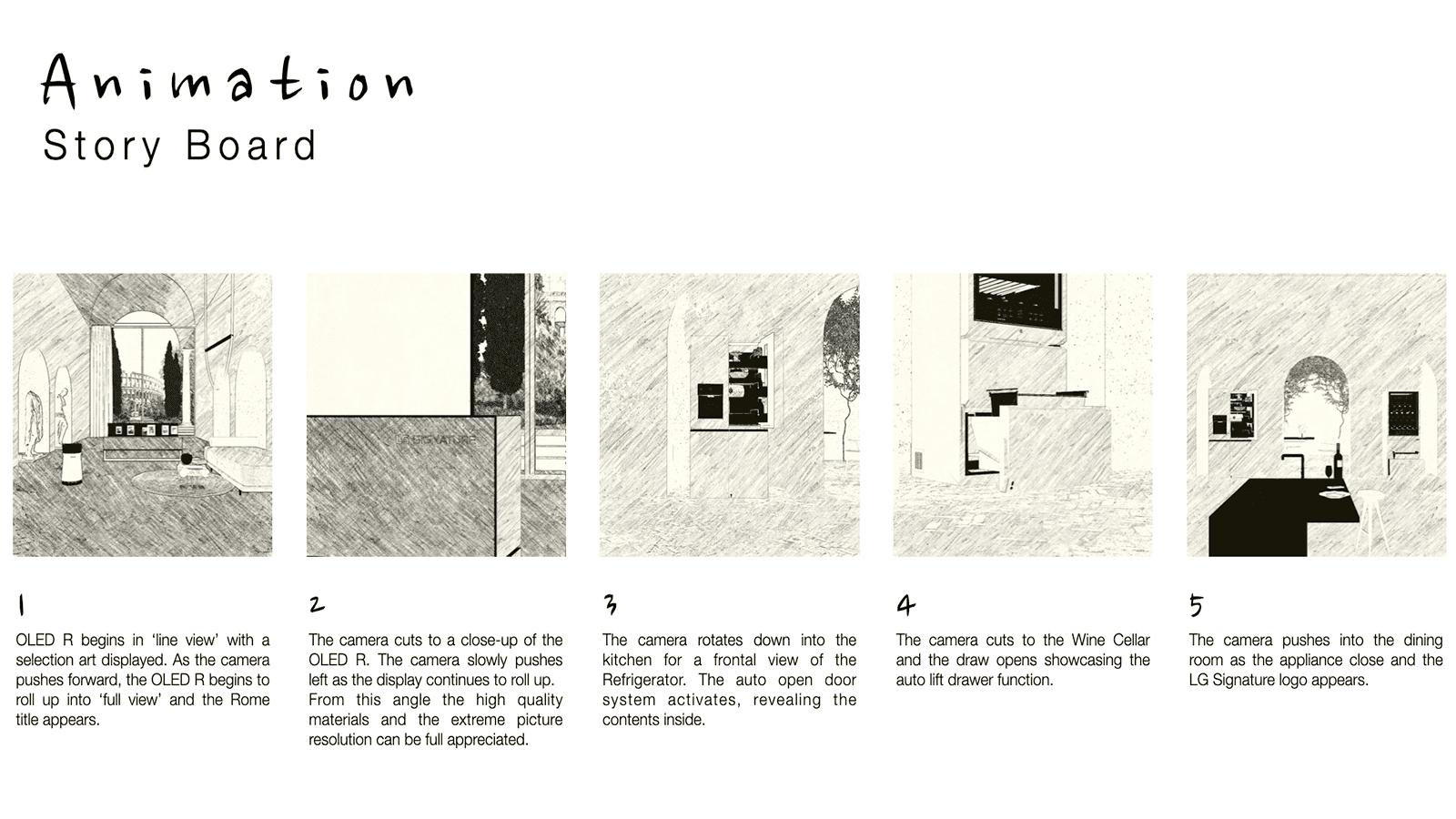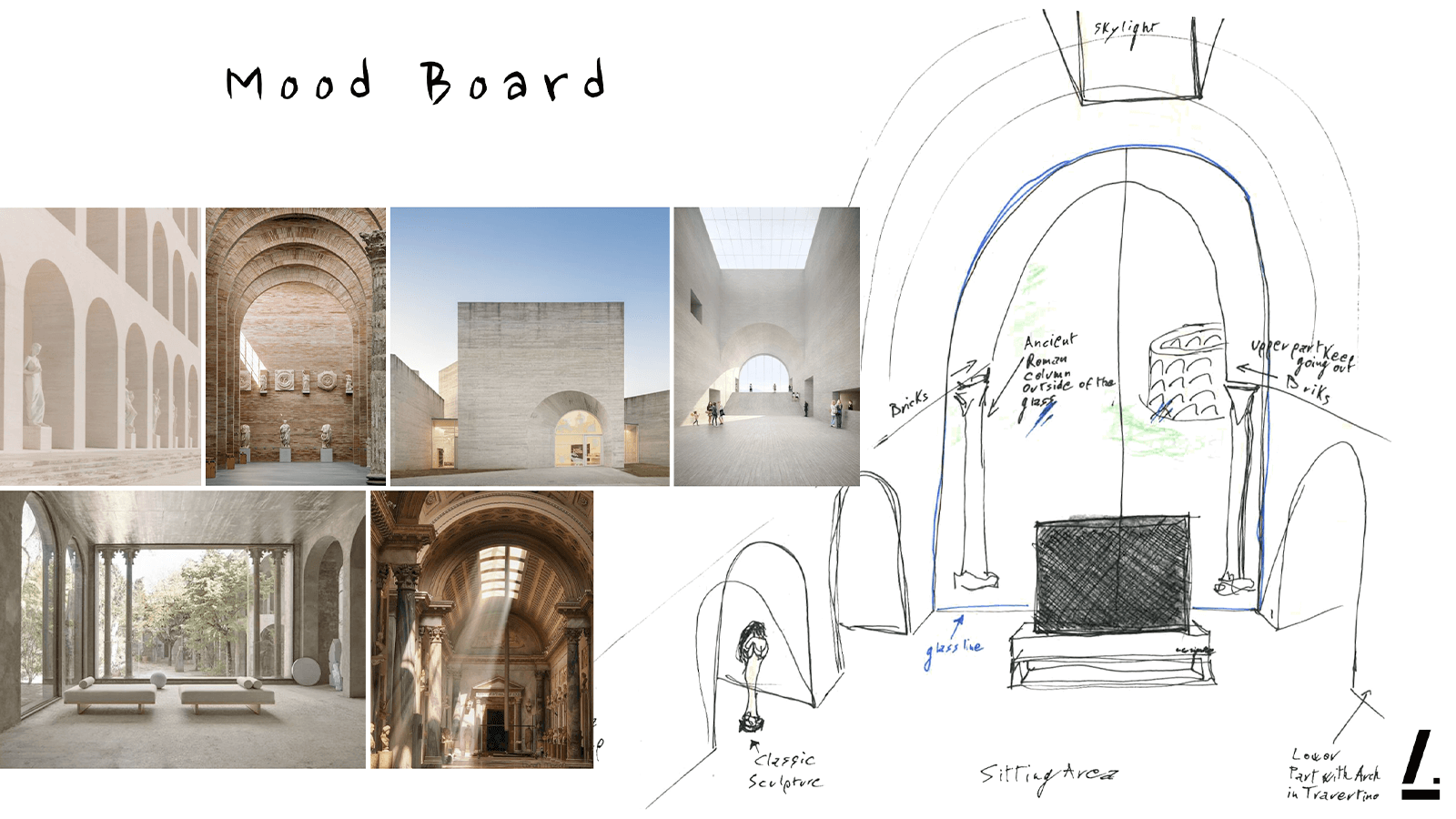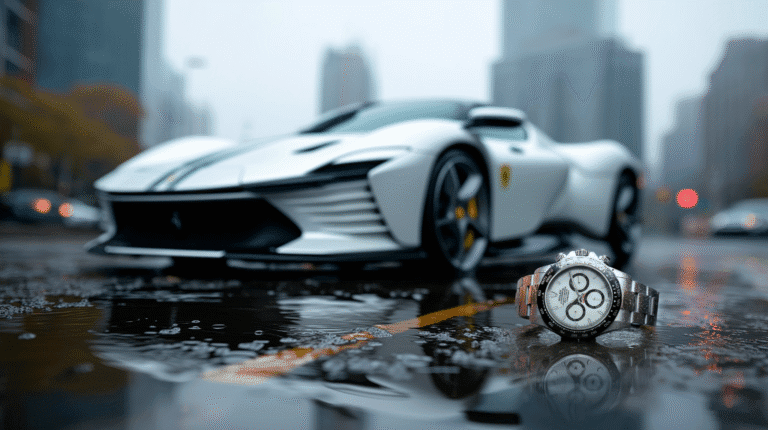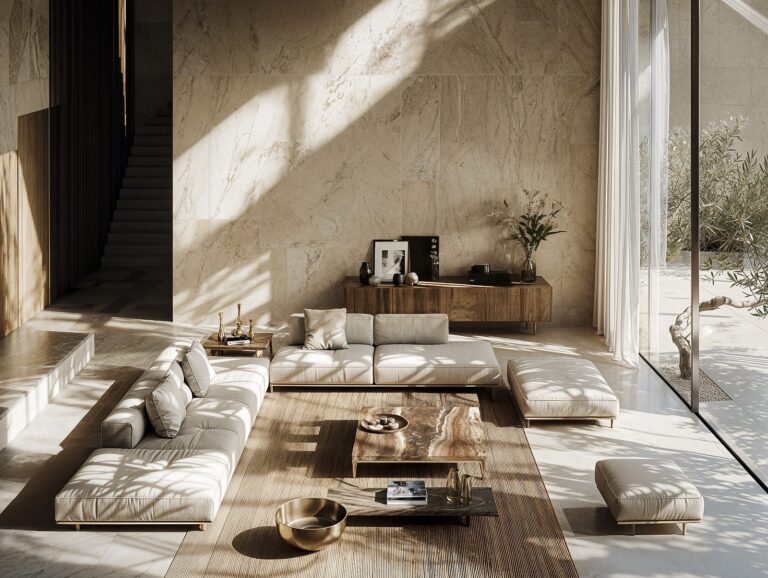An impeccable motion graphics design is beyond a designer’s creativity. Thus, a motion graphics designer has to manage the most suitable tools to create a high-end piece of digital art. This process comes with some solid post-production steps that need to be addressed correctly to set up a successful motion graphic project.
Motion graphics for content marketing in social media, movies, and TV commercials create a visually engaging message through animation. Therefore, understanding terms and functionalities are essential to achieve specific goals with impactful graphics and powerful storytelling.
Differences Between Motion Graphics And Traditional Video
Despite the similarities, some differences clarify the meaning of both concepts.
Motion graphics are always presented in a video format. However, the main difference is that a traditional video is not necessarily a motion graphic. A video is usually a simple recording of either still or moving objects, like a live-footage. On the other hand, motion graphics are defined as video or digital animation that creates the illusion of movement through images, photographs, titles, colors, and designs.
The decision to apply motion graphics to your visual content strategy comes with certain aspects to consider, including the target audience and the general vision of the campaign.
What Makes A Motion Graphic Video Iconic
Beyond all the essential stages of creating a video using motion graphics, some extra features can enhance the final results.
A Powerful Creating Brief
From designers to animators, all can benefit from a well-defined brief. It can range from the simplest snippets for social media to a more extensive campaign. Therefore, a clear, inspiring, and informative brief provides a structure and direction for creators to follow and do their best work.
Inspiring Imagery
Gather reference images that connect with the brand tone and reflect an extra value to the rest of the visual content.
Mood Board
Though brainstorming can imagine different parts of a project, a mood board aims to visualize all aspects.
Additionally, a mood board allows the creation of a collection of references for animation styles. Likewise, it is essential to consider artistic elements such as colors, fonts, and illustrations.
The Creation Process Of Motion Graphics
The Initial Idea
Before any creative project, a clear vision is indispensable. Multiple members of a team purpose ideas to create a story through animation.
Creators also analyze factors such as scripting, audio, and branding image.

This is the animation story board for LG Signature’s #Voyage campaign in Rome
Scripting
The content and storyline steer the direction of motion graphics. Thus, this approach ensures that the message and storyline connect and play correctly with the style and animation to come.
Artwork
Developing the artwork is the step before starting the animation process. This is the most exhaustive stage of all. From this step, the project’s path begins taking shape, and the project’s pre-production starts.
Likewise, the artwork is the previous stage of animation, allowing designers to make all the necessary edits. All the approvals and revisions take place through this point.
Animation
Animation is a crucial stage for a motion graphic designer. After the initial concept, scripting, and line work are lined up, and each step begins to come together. Consequently, animation comes along with other elements such as style and music.
Style: The tone of the brand highly inspires and dictates the direction of the motion graphic.
Music Or Sound Effects: Besides visual elements, audio adds significant value to the video and complements the story. A captivating sound design can have background tracks, dialogues, or other sound design elements along with different mood improvement sounds. Additionally, each sound can capture the perfect essence of any concept.
Preview & final animation for LG Signature’s #Voyage in Rome
Common Software Tools Used By A Motion Graphics Designer
High-quality motion graphics are materialized using certain tools.
Adobe Photoshop
Photoshop is a versatile tool for designers that features boards, creative GIFs, stitching images, layout cel animation, and more.
Adobe After Effects
Abode After Effects is considered the most effective tool for motion graphics. Its primary functions are title animation, motion tracking, 3D compositing, and simulation effects.
Cinema 4D
The most user-friendly software. This tool also helps designers to familiarize themselves with 3D tools. Some features are great volume builder, node-based shaders, and UV development.
Conclusion
Creating advanced motion graphics requires the application of all the steps above. Moreover, powerful workflow techniques can ensure excellent and impactful results.
The creation process goes beyond technical aspects. Hence, meaningful art and storytelling are equally crucial for an impactful motion graphic project.
Pre-production stages and planning with a creative team are essential. Furthermore, the impact behind a motion graphic project comes with specific features that trade inspiration led by a team pooling their talents.


